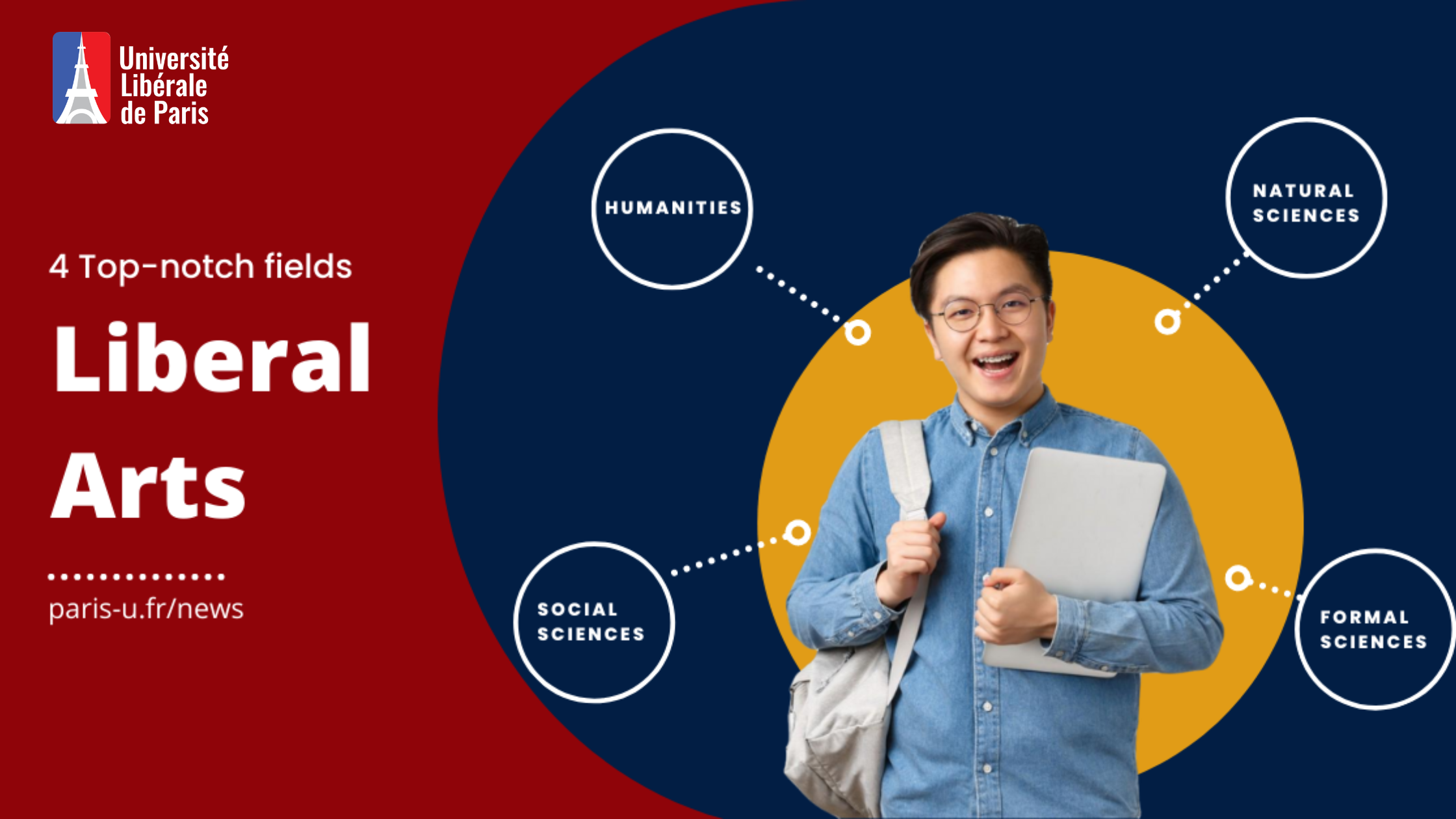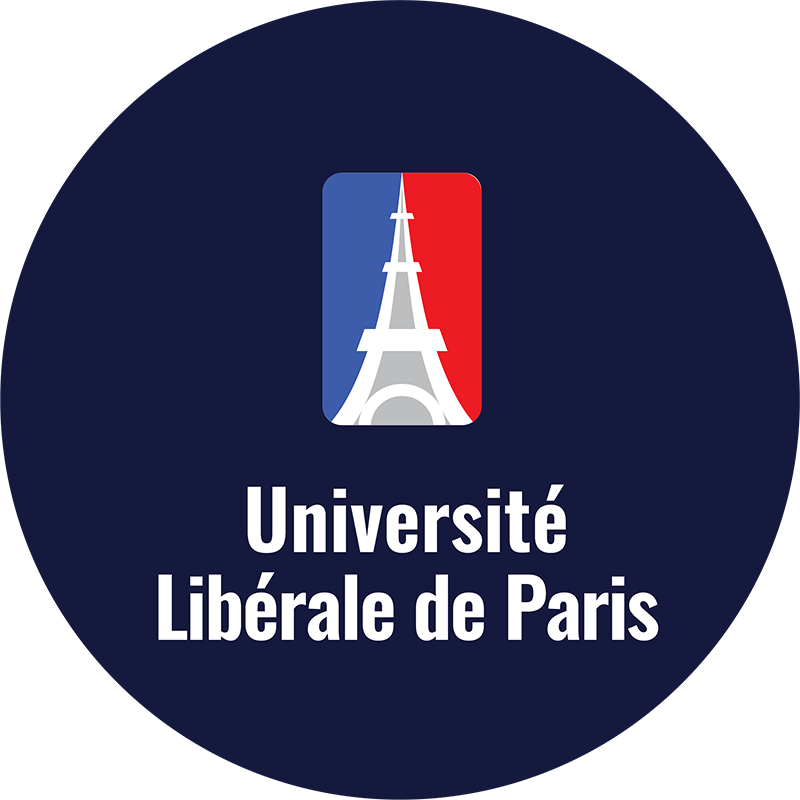Table of Contents
ToggleIntroduction
Liberal arts education is an intellectual concept related to humanistic inquiry. It is not a new topic; it was formed in the Mid-Ages, continued growth and is supported worldwide by top universities. The principle provides many benefits and intellectually trains students to be more cohesive and comprehensive. The principle touches on 4 major fields such as humanities, social sciences, natural sciences, formal sciences, and several sub-majors align the channel. This article will walk you through the definition of liberal arts education in the mid-age versus the modern world and its distribution around the world.
History of the liberal art education
In the civil war era, liberal arts covered only three subjects’ grammar, rhetoric, and logic, preferred as the trivium. Several years later, it extended to four other subjects: astronomy, geometry, music, and arithmetic, considered quadrivium. While trivium prepares for students’ field as public debate, defense in court and military service, quadrivium involves arithmetic, geometry, music, astronomy, philosophy, and theology. The core value of this fundamental is preparing students to be ethical and knowledgeable in many fields.
Liberal art education in the modern world

Four top-notch fields of liberal art.
The liberal arts degree curriculum is multidisciplinary, including humanities, social, natural, and formal sciences disciplines. Additionally, it is commonly agreed that the fundamental spectrum includes the following fields:
Humanities
Cover art, literature, linguistics, philosophy, religion, ethics, modern foreign languages, music, theatre, speech, and classical languages (Latin/Greece).
Social sciences
Include such disciplines as history, psychology, law, sociology, politics, gender studies, anthropology, economics, geography, business informatics, etc.
Natural sciences
include astronomy, biology, chemistry, physics, botany, archaeology, zoology, geology, Earth sciences, etc.
Formal sciences
Includes mathematics, logic, statistics, etc.
Several schools around the world adopt this teaching principle. Each institute would implement the fundamentals differently but still maintain the core value of solving humanistic inquiry. Students who choose to enroll in a program which applies this concept would be able to expand their in-depth knowledge. They will be not only able to solve inquiries but also be able to develop a strategic mindset.
Liberal arts distribution
Universities and institutes worldwide have implemented liberal arts education degrees in their teaching programs. The distribution is majorly in the US region. Since the programs heavily require a high level of interaction between students and teachers. In this teaching model, the teacher is not a “teacher.” A teacher is also an instructor; a mentor accompanies and guides students to the correct pathways.

Picture of multiethnic group of young cheerful students standing outdoors. Looking camera.
On the other hands, the fundamental is collectively implemented in European institutes due to limited teaching standards and qualifications. It could be said that organizing a liberal art degree cost more effort than regular university courses. Thus, it is more beneficial for students to enroll programs that implemented. By examining themes, concepts, and approaches throughout the humanities, the arts, and the scientific and social sciences, students will develop the ability to read critically, write persuasively, and think widely.
Conclusion
Liberal art educations are creditable program for those interested in extending several fields while maintaining the core principles of humanity. Generally, top leader refers to programs that attempt to impart a broader range of information and abilities. Studying programs that imbed this concept will give students the skills to manage the world’s most complicated situations.
Paris-U is proud to be the first liberal art education for post-graduates in Paris, France. You can always register for courses from Paris-U to experience the top-qualified education.
To understand more about Paris-U’s programs, read here.
Reference:
5, H. H. U. M., & Haidar, W. byH. (n.d.). What is Liberal Arts Education? Top Universities. Retrieved August 24, 2022, from https://www.topuniversities.com/blog/what-liberal-arts-education



